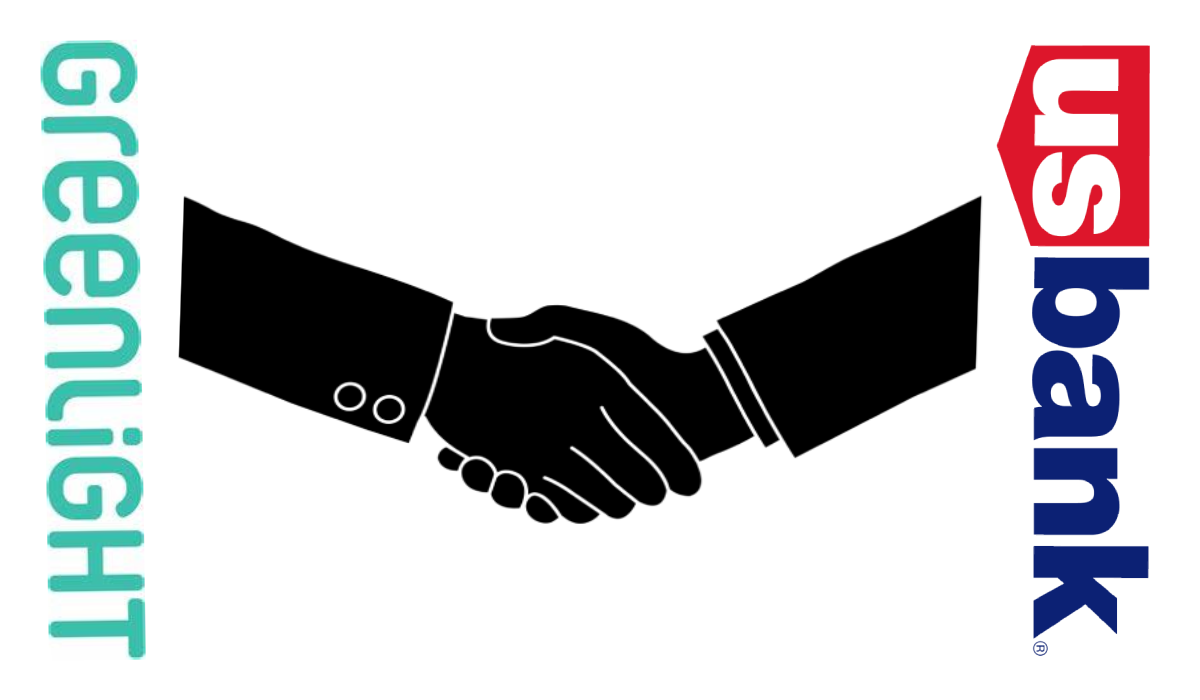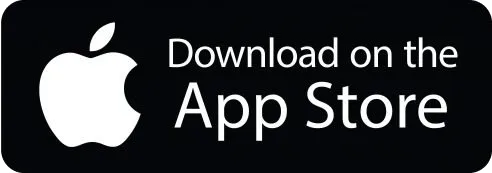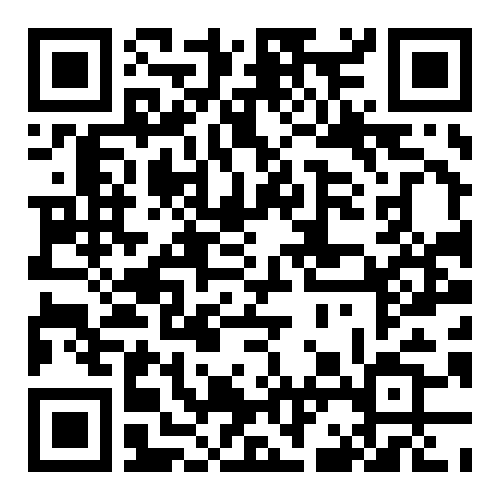In order to assist more families in teaching and learning money-smart behaviors, U.S. Bank and Greenlight, an app and debit card for kids that promotes financial literacy, have teamed up. Greenlight Select is now free for qualifying new and current U.S. Bank checking accounts, offering comprehensive banking services that focus on kid-friendly solutions and financial literacy.
Tim Sheehan, CEO and co-founder of Greenlight, states, “U.S. Bank is… a leader in banking innovation with a robust track record of impactful partnerships and a long-standing commitment to financial education.” Serving as many families as we can is our aim. It’s a terrific idea to meet families where they are by collaborating with top financial institutions like U.S. Bank that already have strong ties with parents.
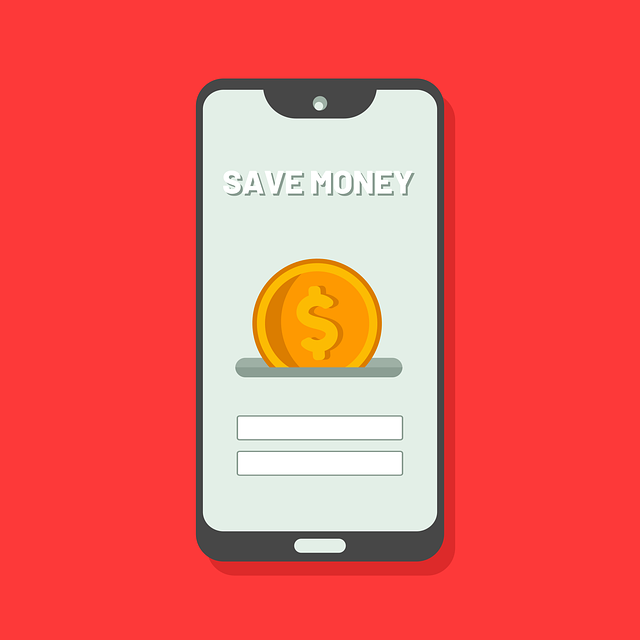
What Does Greenlight Select Include with Greenlight Debit Card?
Parental controls, chore and allowance tools, and debit cards for up to five children are included in the free Greenlight Select plan. In addition, families can collaborate to set and meet savings objectives, and monthly incentives of 1% interest are available on savings amounts up to $5,000. The Greenlight app and debit card are valuable financial tools for teenagers, helping them learn financial responsibility and money management.
Access to Level Up financial literacy games, which use curriculum based on national standards to educate fundamental money management skills, is included in all Greenlight plans.
As children save, spend, and learn, parents can:
- Give their children money.
- Establish spending and withdrawal caps.
- Cards that freeze
- Monitor transfers and transactions.
Sheehan notes that U.S. Bank clients can access Greenlight through their favorite mobile app.
“Using Greenlight’s new software development kit, U.S. Bank is the first financial institution to offer Greenlight through an embedded mobile app experience. This makes Greenlight easily accessible to parents through the U.S. Bank mobile app.
Specially designed for use in the Greenlight for Banks initiative, which encompasses other financial institutions like Morgan Stanley, Guilford Savings Bank, and United Community Bank, is Greenlight Select. This initiative aims to help parents raise financially smart kids by teaching them essential money management skills.
Eligiblity Criteria for Free Account on Greenlight
You must fund your Greenlight account with funds from a U.S. Bank Smartly Checking account in order to be eligible for free Greenlight access as a customer of U.S. Bank. The only accounts that qualify for Greenlight Select through this arrangement are U.S. Bank Smartly Checking accounts.
If you already have a U.S. Bank Safe Debit Account, you are not eligible. Furthermore, if you cease using a qualified account as your primary financing source, Greenlight can charge you a fee.
Additionally, a CashPlus account can be used as a funding source for a complimentary subscription to the Greenlight app, providing families with a debit card and money management tools.
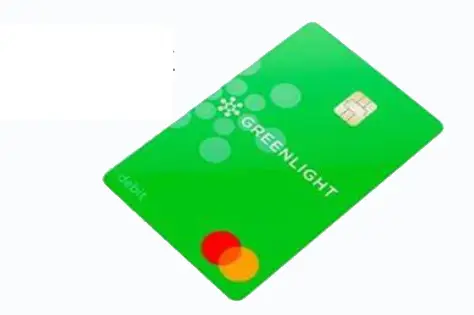
What Does Intelligent Checking Include?
Overdraft protection, interest income, and Smart Rewards relationship advantages are all included with U.S. Bank Smartly Checking accounts, providing families with essential tools and services for effective cash management.
With relationship tiers based on your total banking balance, Smart Rewards is a free rewards program that provides banking benefits and savings, including loan discounts, ATM rebates, financial counseling, and more. There is a $6.95 monthly waivable fee for Smartly Checking. For further details on the account’s conditions and restrictions, please refer to the CashPlus account disclosure statement.

- Est APR = 4.89-9.04%
- MIn Credit Score = 680
- No fees.
4
editorial team. We score based on factors
that are helpful for consumers, such as
how it affects credit scores, the rates and
fees charged, the customer experience,
and responsible lending practices.
Features That Greenlight Select Does Not Offer
Going from the standalone version of Greenlight to Greenlight Select via U.S. Bank can be a step back for you. Certain features available to subscribers of Greenlight’s Core, Max, and Infinity plans will not be available to Greenlight Select customers. Kids can trade stocks and ETFs with parental clearance using investment capabilities found in Greenlight Max and Infinity, for instance.
Morgan Stanley’s CashPlus account, with its brokerage account offered, serves as a modern banking alternative designed for families. It includes innovative services like a subscription to Greenlight, enhancing financial literacy for both parents and their children while managing family finances effectively.
Additionally, Greenlight Select is devoid of priority customer service, cash back on debit card transactions, and safety features like collision detection, SOS notifications, and identity theft protection.
“If they would like access to other tiers, customers can choose to sign up for a standalone Greenlight subscription,” says Sheehan.
Do You Have To Join U.S. Bank or Community Federal Savings Bank To Use Greenlight?
Using U.S. Bank is not required in order to utilize Greenlight. The platform’s parent business, Greenlight Financial Technologies, will keep selling its kids’ banking app and debit cards independently of U.S. Bank. The Greenlight card is a family-oriented debit card designed to help parents teach their children about financial literacy.
There won’t be any changes to the plans for current Greenlight users, who will still have complete access to their accounts. “As of right now, there are no Greenlight features that are unique to U.S. Bank, and our partnership will not affect current Greenlight customers,” stated Sheehan.
Understanding Student Loan
A student loan is a financial tool specifically designed to help individuals cover the costs of higher education. Federal student loans, offered by the U.S.
Department of Education, are a popular choice for many students due to their numerous benefits. These loans typically come with lower interest rates and more flexible repayment terms compared to private loans.
Borrowers can use federal student loans to pay for a variety of education-related expenses, including tuition, fees, and living costs. It’s crucial for borrowers to thoroughly understand the terms and conditions of their student loans to manage their debt effectively and avoid any financial pitfalls.
Applying for Student Loans
Applying for federal student loans begins with completing the Free Application for Federal Student Aid (FAFSA).
This form is essential as it determines a borrower’s eligibility for federal student aid, including loans and grants. Borrowers can submit their FAFSA online or by mail, providing necessary personal and financial information.
Once processed, borrowers receive a Student Aid Report (SAR), which outlines their eligibility for federal student aid. With this information in hand, borrowers can then apply for federal student loans through their school’s financial aid office, ensuring they have the financial support needed for their education.
Repayment Options
When it comes to repaying student loans, borrowers have several options to choose from. Income-driven repayment plans are particularly beneficial, as they cap monthly payments at a percentage of the borrower’s income, making it easier to manage debt.
There are various types of income-driven repayment plans, such as Income-Based Repayment (IBR) and Pay As You Earn (PAYE), each offering unique advantages. Alternatively, borrowers can opt for a standard repayment plan, which involves fixed monthly payments over a set period. For those facing financial difficulties, options like deferment or forbearance can temporarily suspend or reduce payments, providing much-needed relief.
Managing Your Student Loans for a Healthy Financial Future
Effective management of student loans is key to staying on top of payments and keeping track of debt. Borrowers can utilize online tools and resources, such as the National Student Loan Data System (NSLDS), to manage their loans.
The NSLDS is a comprehensive database that tracks federal student loan debt and provides detailed information on loan status and repayment options. Borrowers can access their loan information and make payments online through this system. Staying organized and regularly monitoring loan information can help borrowers avoid default and ensure they manage their debt effectively.
Student Loan Relief and Forgiveness
For borrowers struggling to repay their loans, student loan relief and forgiveness programs can offer significant assistance. These programs provide temporary or permanent relief from loan payments and may even forgive part or all of the debt.
Notable programs include Public Service Loan Forgiveness (PSLF) and Teacher Loan Forgiveness, which offer loan forgiveness after a certain number of qualifying payments for those working in public service or teaching. Additionally, borrowers can explore other debt management options, such as consolidation and refinancing, to simplify payments and potentially reduce interest rates.
These strategies can help borrowers manage their debt more effectively and achieve financial stability.
Different Types of Student Loans
There are two main types of student loans: federal loans and private loans. Federal loans are provided by the government and usually have better interest rates and flexible repayment options. Private loans, on the other hand, come from banks or other lenders, and they often have higher interest rates. It’s a good idea to apply for federal loans first because they usually offer more benefits.
Paying Back Student Loans
Once you finish school or drop below a certain number of classes, you have to start paying back your student loans. The amount you pay each month depends on the type of loan you have and how much money you borrowed. Some loans let you make smaller payments if you don’t earn a lot of money right after school. It’s important to keep track of your loan payments so you don’t fall behind.
Loan Forgiveness Programs
Some people can have part or all of their student loans forgiven, which means they don’t have to pay the rest back. This is often available for those working in certain jobs like teaching or public service. If you qualify, you can apply for programs that cancel your debt after making a certain number of payments.
Tips for Managing Student Loans
- Don’t borrow more money than necessary. Remember, you have to pay it all back with interest.
- Keep track of how much you owe and when your payments are due.
- If you’re having trouble making payments, look into different repayment plans or ask your lender for help.
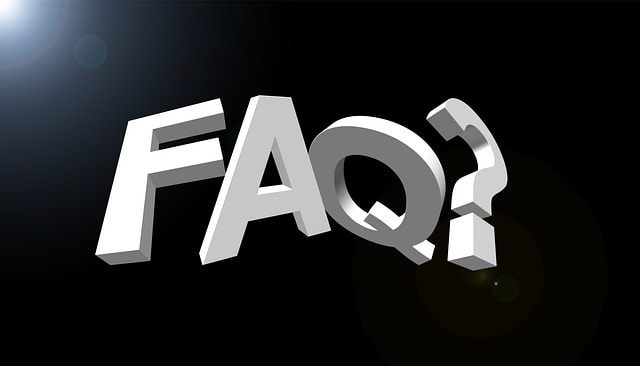
Frequently Asked Questions
What is the monthly payment on a $10,000 student loan?
If you borrow $10,000, your monthly payment depends on how long you take to pay it back and the interest rate (the extra money you pay to borrow). For example, if you pay it back in 10 years with a 5% interest rate, you would pay about $106 each month.
Is $50,000 in student loans a lot?
Yes, $50,000 is a lot of money to owe. Some jobs pay enough to handle it, but others don’t. It can take many years to pay off, depending on how much money you make at your job.
Who qualifies for student loan forgiveness in 2024?
In 2024, people who work in public service jobs like teachers, nurses, or for the government may get their student loans forgiven after making payments for 10 years. Some people on special payment plans might also have their loans forgiven after 20 or 25 years.
Is $200,000 in student loans a lot?
Yes, $200,000 is a very large amount of money to owe. It’s usually for people who go to school for a long time, like doctors or lawyers. Paying it back can be hard unless you have a high-paying job. Some people use special payment plans to make it easier.

